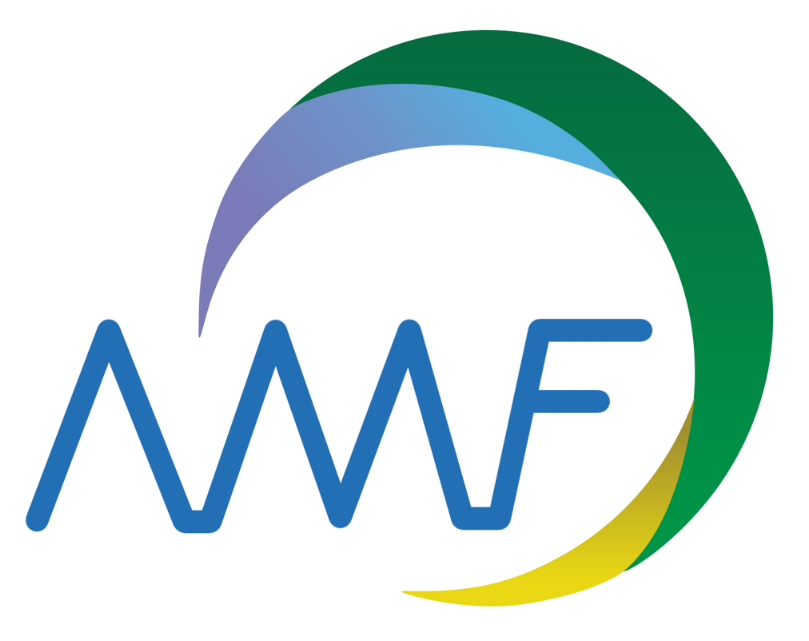Biodiversity Action Plan: Exploration Well Development Plan in the Working Area of Pertamina Hulu Sanga Sanga

Executive Summary
Pertamina Hulu Indonesia (PHI), a subsidiary of PT Pertamina Hulu Energi (PHE), manages oil and gas blocks in East Kalimantan and plans to develop an exploration well while taking into account technical, economic, and environmental aspects. To ensure the protection of biodiversity, a Biodiversity Action Plan (BAP) was prepared in reference to the International Finance Corporation (IFC) standards, aiming to avoid, minimise, rehabilitate, and manage potential operational impacts on ecosystem integrity.
Anwar Muhammad Foundation (AMF), with expertise in biodiversity management, played a role in preparing the BAP proposal by promoting a scientific approach and encouraging the active participation of relevant stakeholders to ensure effective implementation.
Background
Pertamina Hulu Indonesia (PHI), through its subsidiary Pertamina Hulu Energi (PHE), is committed to carrying out oil and gas exploration and development activities responsibly and sustainably while maintaining environmental and biodiversity aspects.
Through Pertamina Hulu Sanga-Sanga (PHSS), the operating company in the Sanga-Sanga Working Area, PHI ensures that exploration activities are aligned with environmental protection, reserve management, and biodiversity conservation principles. The company prepared the Biodiversity Action Plan (BAP) by referring to national regulations, international standards, and best conservation practices to ensure compliance and the achievement of No Net Loss (NNL) and potentially Net Positive Impact (NPI) outcomes for biodiversity in the project area.
Client
Pertamina Hulu Indonesia
Year
2024/Indonesia
Location
Tabalong Regency, South Kalimantan Province
Objectives of the Intervention
- Assess biodiversity conditions in the exploration well development area to determine habitat sensitivity and necessary mitigation and management measures.
- Ensure that project implementation complies with regulations and standards related to biodiversity conservation to achieve No Net Loss (NNL) and Net Positive Impact (NPI).
Implementation
- Conduct studies on biodiversity conditions and ecosystem services within the study area.
- Carry out critical habitat assessments at proposed project sites.
- Identify potential impacts and develop mitigation plans for proposed activities.
- Identify biodiversity management strategies and priorities.
- Collaborate with experts and specialists in biodiversity to prepare and implement the BAP.
- Ensure that there is no biodiversity loss (NNL) and that the project generates a Net Positive Impact (NPI) on biodiversity at the proposed locations.
Main Outputs and Deliverables
The study successfully identified variations in land cover and land use (plantations, wetlands, dryland agriculture, and transmigration areas) and assessed ecosystem pressures resulting from human activities.
The assessment indicated that the study area does not meet the criteria for critical habitat.
Biodiversity risks include habitat loss and degradation, a decline in species populations, and potential disturbances to wildlife.
Six main action plans were established to achieve No Net Loss (NNL) and Net Positive Impact (NPI) targets.
Challenges Encountered
- Diverse field conditions created opportunities to develop more adaptive observation methods.
- The variety of ecosystems enriched the analysis while also demanding a holistic mitigation strategy.
Lessons Learned
- Early engagement of communities and stakeholders strengthened trust and collaboration.
Documentation

Anwar Muhammad Foundation
Jl. O Kavling No. 12, RT. 10 RW. 14, Kebon Baru, Tebet, Jakarta Selatan – Indonesia 12830